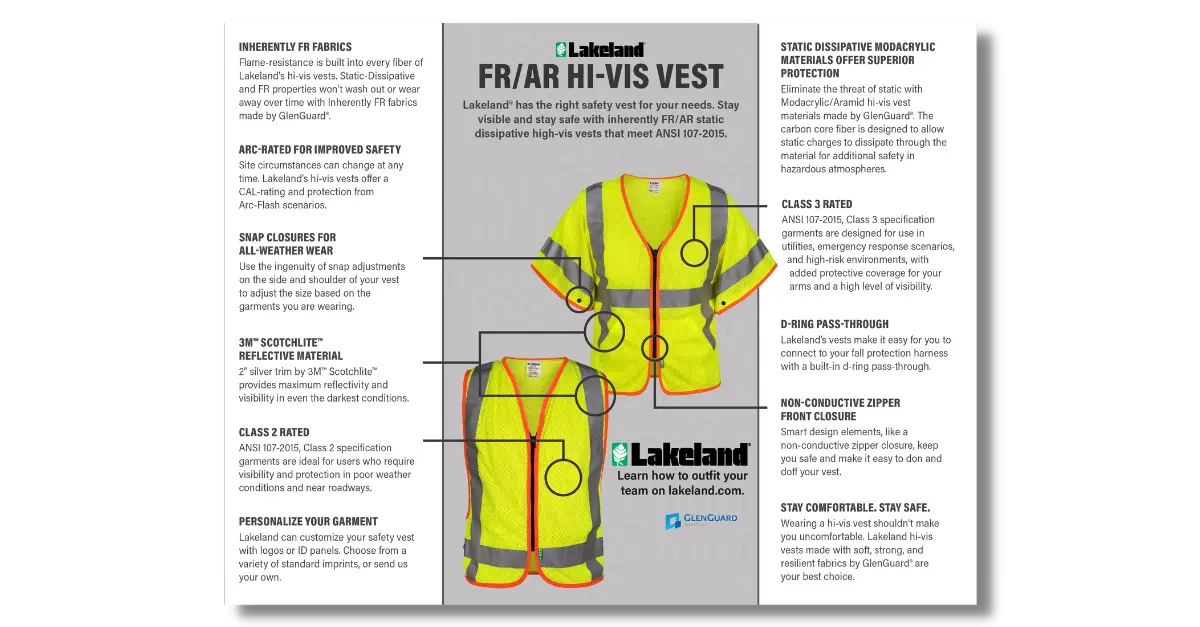Ensuring your employees have the high visibility clothing they need for their unique roles does not have a one-size-fits-all solution. Requirements can vary depending on the worksite application and environment.
The American National Standards Institute (ANSI) has established high visibility clothing standards to help safety directors in any industry select the right hi vis clothing for their team.
Below, we walk through exactly what you need to know when it comes to hi vis clothing, including:
- What is high visibility clothing
- The role of ANSI in visibility standards
- The three types of high visibility clothing
- The four classes of high visibility clothing
Hi Vis Clothing: What it Is and Why It’s Crucial for Safety
High visibility clothing is apparel that has fluorescent or highly reflective elements. These elements make the most of any available light, helping the workers who are wearing this apparel to be visible against any background and in any conditions, including low light and even darkness.
This increased visibility is critical for worker safety, particularly when they are working around moving vehicles and equipment.
From small rural roads to huge runways at international airports, hi vis clothing plays an important role in a comprehensive safety program. Industry standards help explain how to best protect your team and that starts with an understanding of ANSI.
It’s Important for Safety Managers and Workers to Know ANSI
The American National Standards Institute (ANSI) is a federation of both safety standard creators and users. It is not a government agency, although it works closely with the United States government. ANSI manages the voluntary safety standards system in the United States and serves as the official United States representation in international safety standards organizations.
ANSI publishes a voluntary industry consensus standard, ANSI/ISEA 107, which is the authoritative document on the required design, performance, and materials for high visibility safety apparel and personal protective equipment (PPE) in the United States. This standard is integrated into the U.S. Department of Transportation Federal Highway Administration (FHWA) regulations, in the Manual on Uniform Traffic Control Devices (MUTCD), and many other relevant worker protection standards.
The fifth edition of this standard, ANSI/ISEA 107-2020, breaks down high visibility clothing into three types and four performance classes. Here’s how to make sure that you are interpreting this updated standard correctly and selecting the right high visibility clothing for your team and their unique needs.
What are the 3 Types of High Visibility Clothing?
The three types of high visibility clothing correspond to the several types of worksite environments.
According to ANSI, the three types of high visibility clothing are:
- Type O, or Off-Road
- Type R, or Roadway
- Type P, or Public SafetyType O, or off-road, is defined as high visibility clothing that “provides daytime and nighttime visual conspicuity enhancement for workers in occupational environments which pose struck-by hazards from moving vehicles, equipment and machinery, but which will not include exposure to traffic on public access highway rights-of-way or roadway temporary traffic control (TTC) zones.”
Types of workers who will need Type O hi vis clothing can include:
- Workers who are responsible for outdoor maintenance and cart collection in parking lots
- Workers in warehouses or factories working directly with equipment traffic
- Workers in oil and gas industry locations where visibility is a concern
Type R, or roadway, hi vis clothing “provides daytime and nighttime visual conspicuity enhancement for workers in occupational environments which include exposure to traffic (vehicles using the highway for purposes of travel) from public access highway rights-of-way, or roadway TTC zones or from work vehicles and construction equipment within a roadway TTC zone.”
Types of workers who will need Type R hi vis clothing can include:
- Road construction workers
- Crossing guards
- Airport ground crew members
- Parking and toll workers
- Towing operators
Type P, or public safety, hi vis clothing “provides daytime and nighttime visual conspicuity enhancement for emergency and incident responders and law enforcement personnel in occupational environments which include exposure to traffic (vehicles using the highway for purposes of travel) from public access highway rights-of-way, or roadway TTC zones, or from work vehicles and construction equipment within a roadway TTC zone or from equipment and vehicles within the activity area.”
Type P high visibility clothing is an important element of PPE for first responders who may encounter multiple sources of hazards while performing their essential job duties.
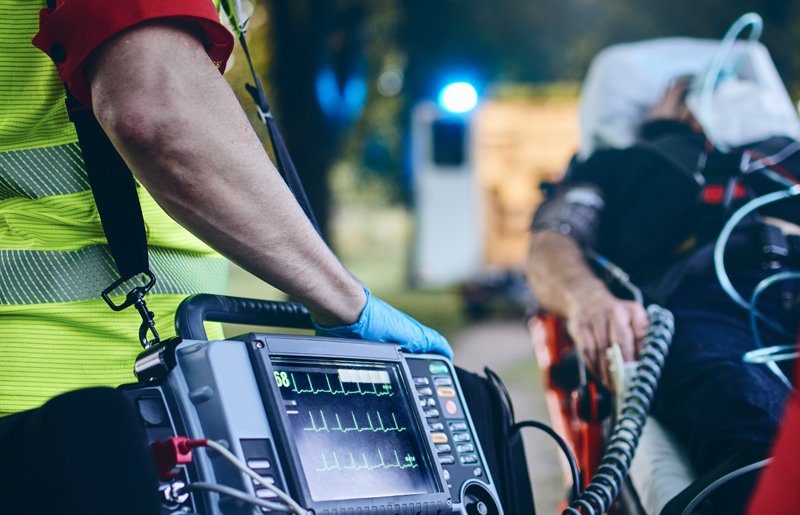
- Firefighters
- Law enforcement officers
- Emergency medical response personnel
What are the 4 Classes of High Visibility Clothing?
In addition to the three types of high visibility clothing, ANSI/ISEA 107-2020 also details four performance classes, each of which has specific minimum design requirements that specify the background materials, reflective elements, performance materials, and size of reflective elements used in the clothing.
The four hi vis clothing performance classes are:
- Performance Class 1
- Performance Class 2
- Performance Class 3
- Supplemental Class E
Performance Class 1 is the lowest level. Hi vis clothing in this class offers the minimum amount of high visibility elements that help workers stand out visually from a non-complex work environment. Performance Class 1 high visibility clothing is only appropriate for Type O or off-road environments.
Performance Class 2 hi vis clothing has additional amounts of high visibility materials that allow for better visibility of your workers. Performance Class 2 clothing is the minimum level of protection for workers exposed to roadway or Type R environments.
Performance class 3 hi vis clothing has an even higher percentage of high-visibility material. Performance class 3 clothing increases the visibility of your employee’s entire body in extremely complex environments. Examples of performance class 3 design elements include requirements on the placement of fluorescent backgrounds and reflective and combined performance materials on workers’ sleeves and pant legs.
Supplemental Class E hi vis clothing is used to increase the visibility of workers and must always be used with other high visibility clothing. Class E clothing on its own does not meet the ANSI safety standards. Class E hi vis clothing increases the visibility of the lower body and can be used in combination with Class 2 clothing to reach a combined class 3 visibility level or in combination with Class 3 clothing to increase worker visibility even further.
High Visibility Clothing Options
High visibility clothing is a powerful part of your safety plan. Keeping your workers visible can prevent accidents before they happen, ensuring a safe, well-functioning team.
Lakeland offers numerous options that will protect your workers and ensure that you are meeting all of the safety standards that impact your industry. With elements like moisture-wicking fabric and stretch panels, Lakeland hi vis clothing will keep your employees safe and comfortable.
Here are some of our most popular options for you to compare, with ANSI 107 classes listed to help you make the right choice for your needs:
 Why Choose Lakeland?
Why Choose Lakeland?
Lakeland’s high visibility clothing is designed with comfort and durability in mind. With a reputation for quality and exceptional customer service, Lakeland can support the safety of your team.
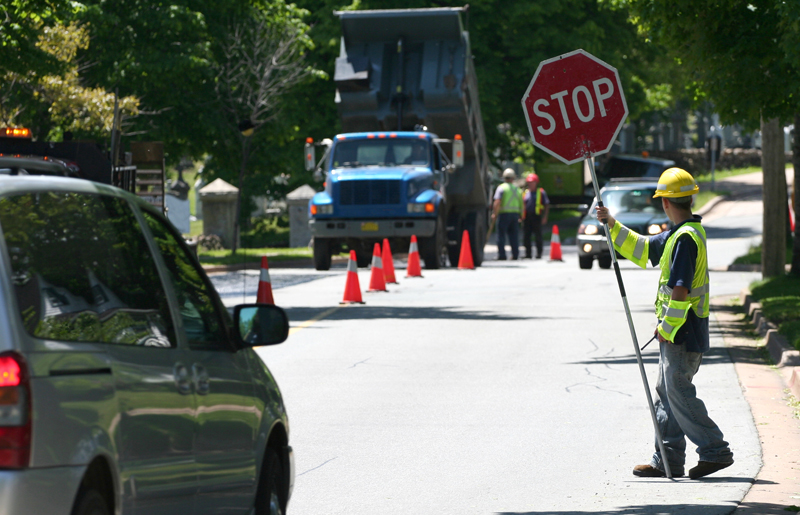
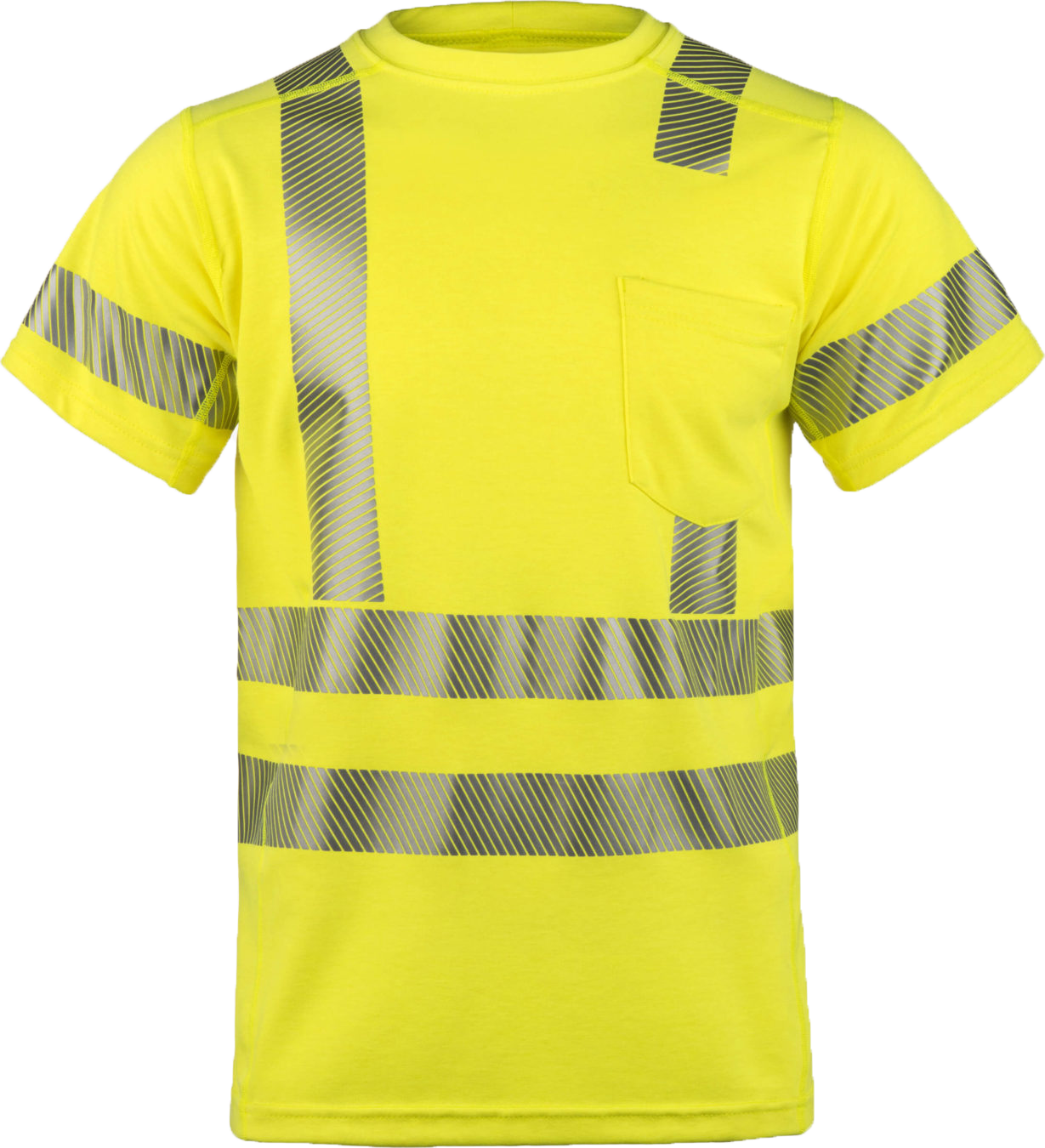
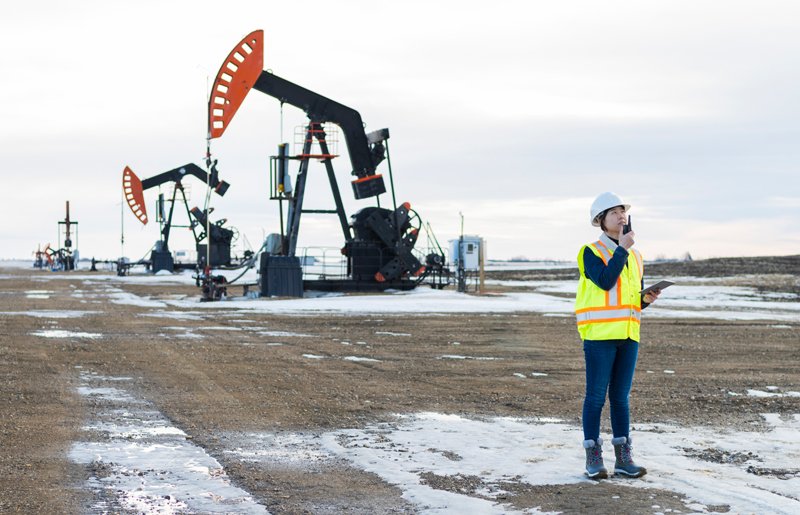
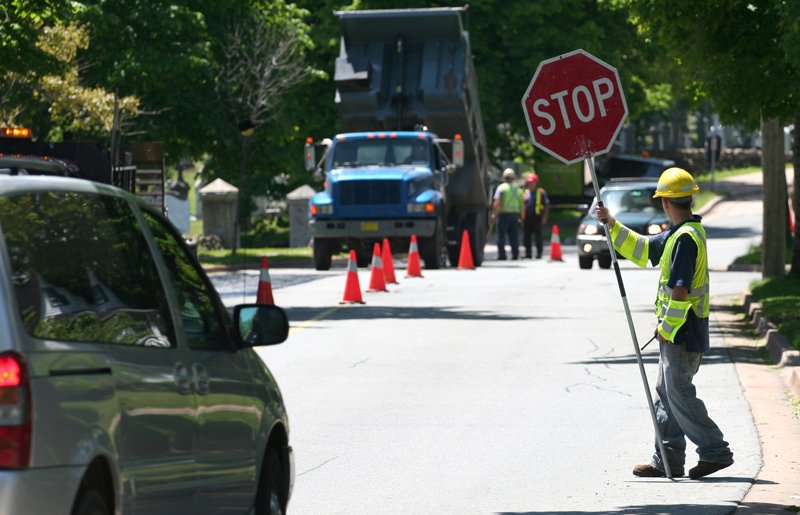
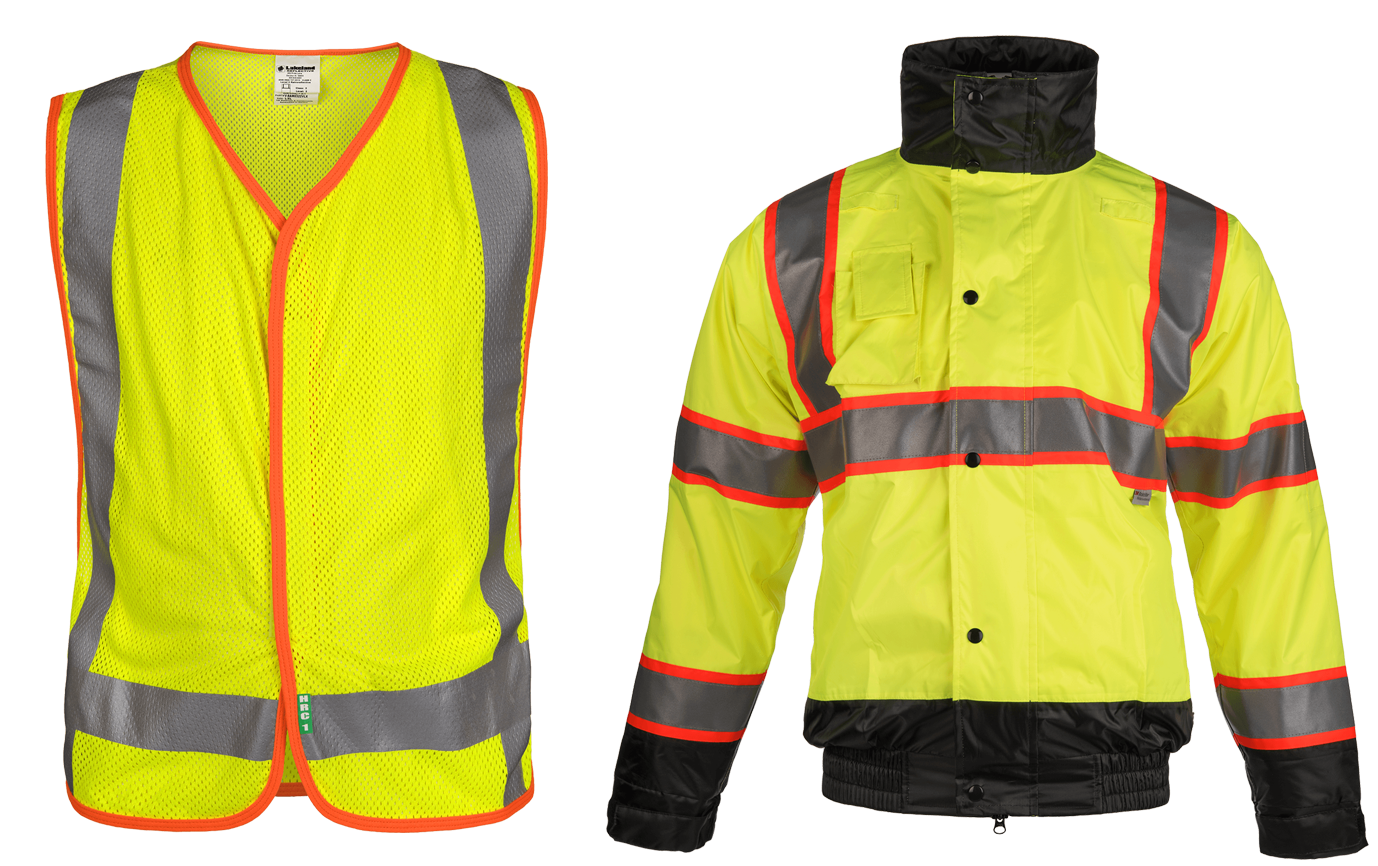 Why Choose Lakeland?
Why Choose Lakeland?